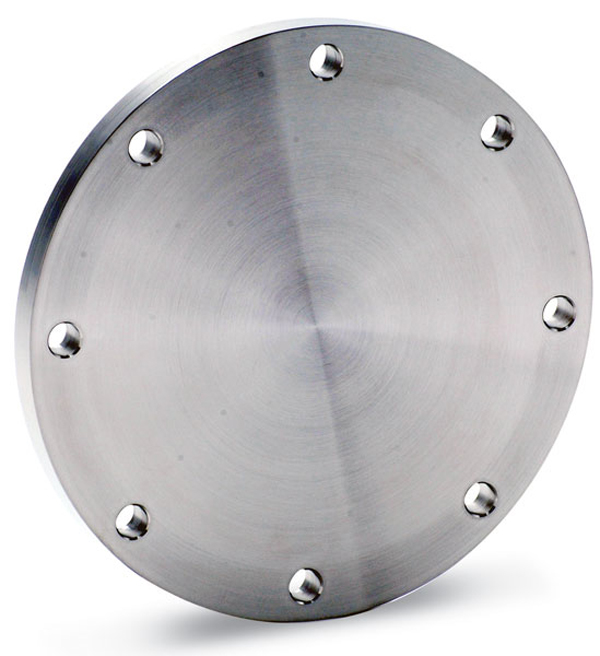It is understood that energy costs account for more than 90% of the cost of synthetic ammonia. Therefore, the nitrogen fertilizer industry has always regarded energy conservation and consumption reduction as a major task of the industry for decades. This is not only the social responsibility of nitrogen fertilizer companies, but also the cost reduction and improvement of enterprises. The key to market competitiveness. Zhang Rong told reporters that in order to promote energy conservation and emission reduction in the nitrogen fertilizer industry, the Nitrogen Fertilizer Association closely integrated with the reality of the nitrogen fertilizer industry and comprehensively summarized and promoted a number of effective energy-saving emission reduction technologies, such as improved fixed-bed coal gasification technology and pressure swing adsorption. Decarburization technology, low-pressure ammonia synthesis technology, JX full-cycle urea process, high-pressure circle transformation technology, cogeneration and energy cascade utilization technology, lithium bromide refrigeration for low-level energy waste heat utilization technology, evaporative condensation cooling technology, etc. It is the popularization and application of these advanced technologies that have significantly improved the energy consumption and environmental protection of the nitrogen fertilizer industry. During the “Eleventh Five-Year Plan†period, the average comprehensive energy consumption of synthetic ammonia units decreased by 13.7%, ammonia nitrogen emissions decreased by 29.3%, COD emissions decreased by 27.6%, and the displacement decreased by 25.3%.
However, due to the great differences in raw materials, equipment, and management levels, in the current synthetic ammonia industry in China, the overall energy consumption of the company’s unit products varies greatly. It is understood that the most advanced energy-consumption enterprise of an ammonia plant with anthracite as raw material is Henan Xinlianxin Chemical Fertilizer Co., Ltd., and the comprehensive energy consumption per ton of ammonia is 1118 kg of standard coal, while the worst energy consumption per ton of ammonia is nearly 2,000 kg. Coal; The most advanced energy-consumption enterprise of synthetic ammonia plants using bituminous coal (including lignite) as raw material is Jiangsu Linggu Chemical Co., Ltd., with an integrated energy consumption per ton of ammonia of 1,554 kg of standard coal, and the worst energy consumption per ton of ammonia of the enterprise is 2223. Kilograms of standard coal. It can be said that the release of the energy efficiency leader system has clearly demonstrated this gap to the enterprise, and has also pointed out the direction and approach of efforts for energy conservation and consumption reduction in the industry.
In addition, the Ministry of Industry and Information Technology is now openly soliciting access conditions for the synthetic ammonia industry, which explicitly requires that the energy consumption of ammonia production per unit of existing production enterprises should meet the limits specified in the current national standard “energy consumption limit for synthetic ammonia unit productâ€; new ammonia synthesis units for production enterprises The energy consumption of the product shall comply with the access value specified in the “Ammonia Unit Energy Consumption Limitâ€. No matter whether the company is out of the requirements of its own transformation and upgrading, or forced by external pressure, the energy saving and consumption reducing work of the ammonia industry will need to be accelerated.
Zhang Rong said that accelerating the development of energy-saving technologies is an important measure for China's nitrogen fertilizer industry to save energy and reduce consumption. To this end, the Nitrogen Fertilizer Association recommends that several key projects be tackled during the “Twelfth Five-Year Plan†period: first, develop high-efficiency, energy-saving process technology based on CO isothermal shift reactor for gas conversion with high CO content; second, develop cryogenic Denitrification purification technology can effectively reduce the inert gas content in the feed gas and improve the ammonia synthesis reaction conditions. The third is to develop a catalyst that adapts to high pressure, high steam-to-gas ratio, and wide temperature range to extend the service life of the catalyst. Fourth is to promote low temperature, The industrialization of high activity ruthenium synthesis catalysts will promote the application process, increase the recovery rate of ruthenium catalysts, further reduce the cost of ruthenium catalysts, and create conditions for low-pressure ammonia synthesis.
At present, China's ammonia synthesis technology is moving toward localization, large-scale, low-pressure, cleanliness and high-efficiency. During the “Twelfth Five-Year Plan†period, such adjustment will lead China’s synthetic ammonia energy-saving and emission reduction work to a new height. In addition, in addition to technology and equipment, ammonia producers must also pay attention to improving energy conservation management, establish and improve energy conservation systems, and strengthen relevant personnel training. They should learn from benchmarking companies and form “comparisons, learning, rushing, helping, and super "The atmosphere is to strive for early realization of the industry's goal of saving energy and reducing consumption in the "12th Five-Year Plan."
Blind Flange . The middle of flange has no holes, sealed pipes. Flange Facing Types: Raised Face(RF), Tongue(T), Groove(G), Female(F), Male(M), Ring Joints Face(RJ).Materials: 20#.A105.Q235A.12Cr1MoV.16MnR.15CrMo.18-8.321.304.304L.316.316L.
Product:Blind Flange
Size:DN10-DN2500
Materials: 20#.A105.Q235A.12Cr1MoV.16MnR.15CrMo.18-8.321.304.304L.316.316L
Pressure: Pn2.5-Pn320,Class150-Class2500,5K-30K
Standard:ASME B16.5ASME.B16.47.DIN2573.2572.2631.2576.2632.2633.2543.2634.2545,JIS 2220
Crafts: Forging
Connection: Welding,Bolt.
Package: Wooden boxes,Wooden pallets,According to customer requirements.
Brand Name: HY
Place of Origin: China (Mainland)
Certification: ISO.UKS.SGS.BV
Application: Chemical, Water, Oil and gas, Electricity

Blind Flange
Blind Flange,Stainless Steel Blind Flange,Carbon Steel Blind Flange,Titanium Flange
CANGZHOU HAOYUAN PIPE FITTINGS MFG CO.,LTD , http://www.pipefitting-china.com